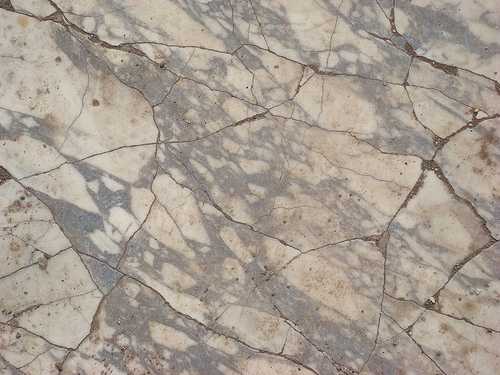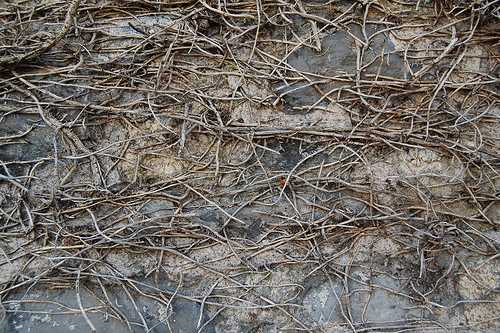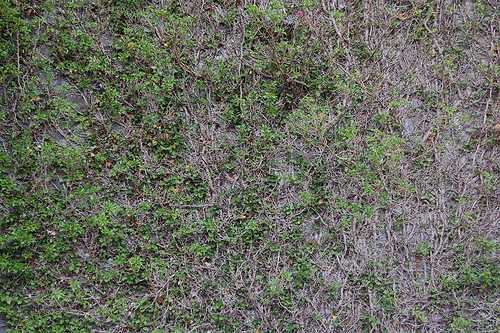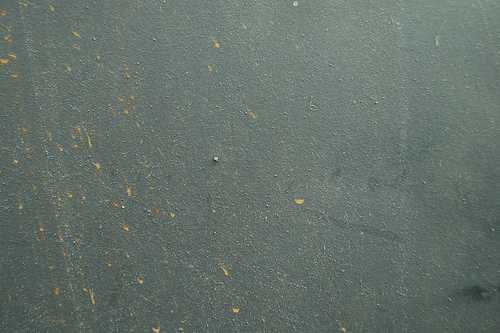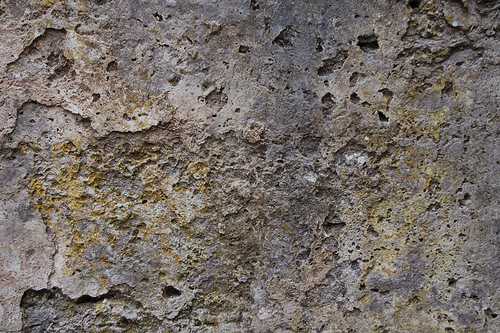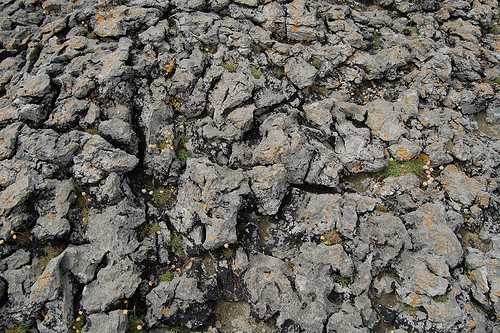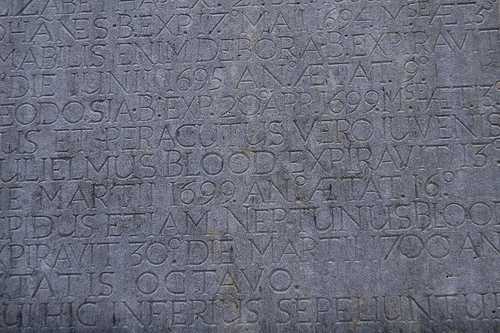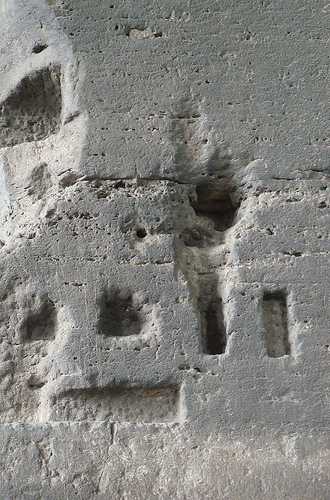It's great to see how much the use of textures in websites has increased in the past months. They are an effective way of adding flavour and fun to the design. I love taking pictures of walls, bricks, or surfaces around the city and analyse the pattern that they bring to the whole subject. In this article I'll share some tips that I try to put in practise when photographing textures.
Using Textures
In web design, textures are commonly used to give a touch of reality or even to bring a tactile sensation to the project. Textures can also be used as natural references for digital creations.
Photographing Textures
Taking a good texture photo is not rocket science - but there are a few tricks that can reduce the amount of post work on Photoshop.
The first one is angle. A parallel shot is normally what you are looking for - so try to keep in the same level as the surface. The second one is sharpness - a texture should be always well defined. If you want a blurry texture, it's better to use effects and manipulate it later on, but always keep the original texture sharp. My third and final advice is to pay attention to lighting. When shooting outdoors photos, try different times of the day for different results. Cloudy days are usually the best as there is no direct light on the subject.
Samples
Here is a selection of texture photos available on my Flickr set:
Feel free to bookmark this set as I intend to frequently update it from now on. Cheers!

